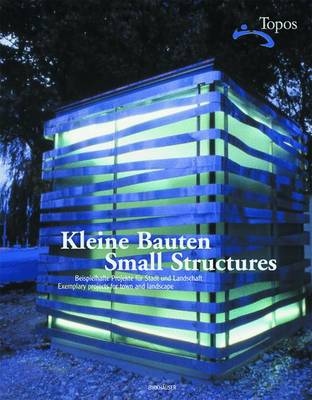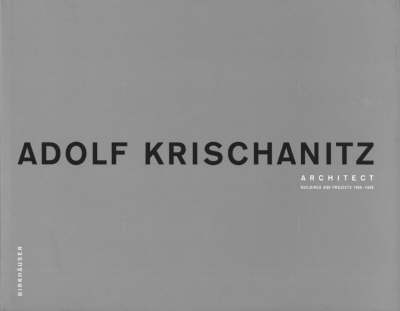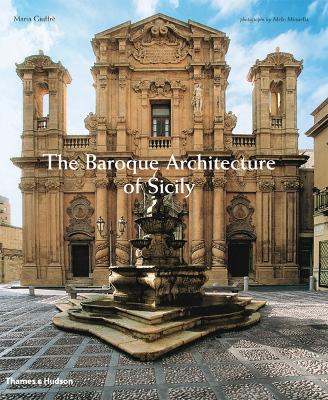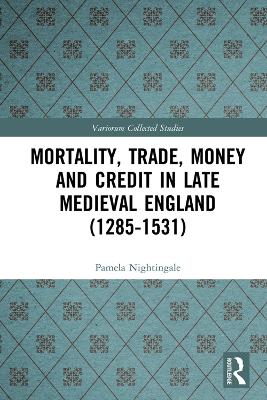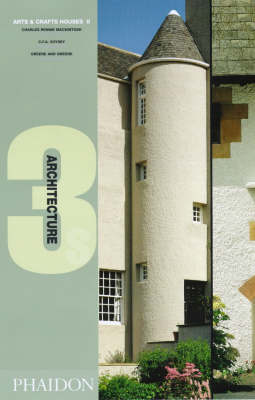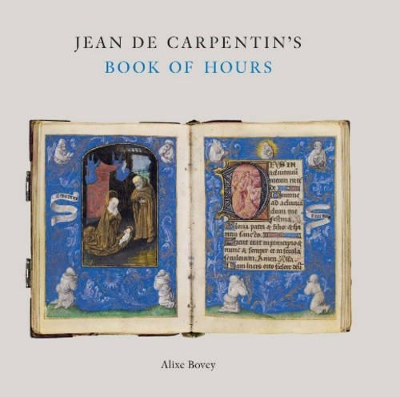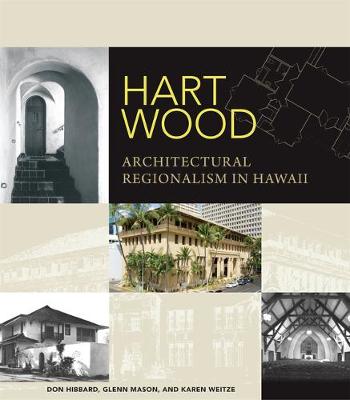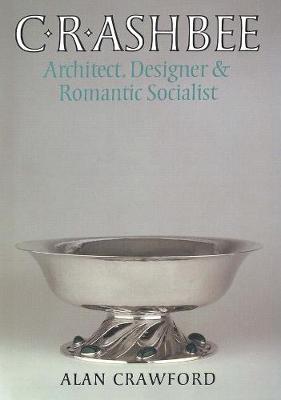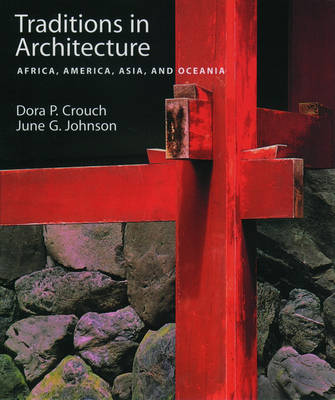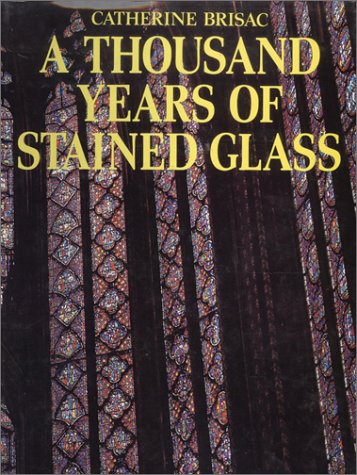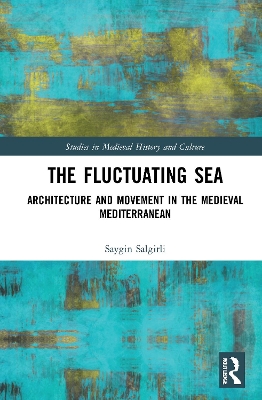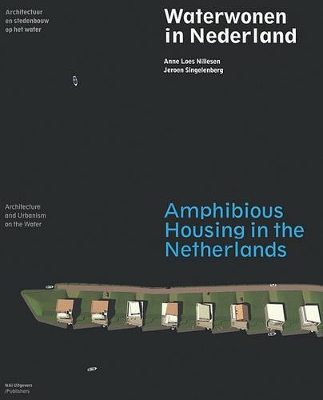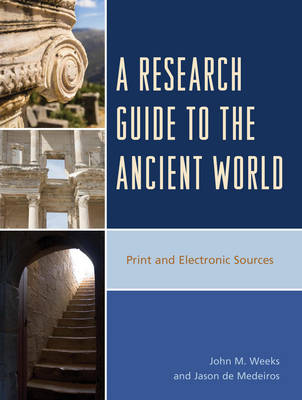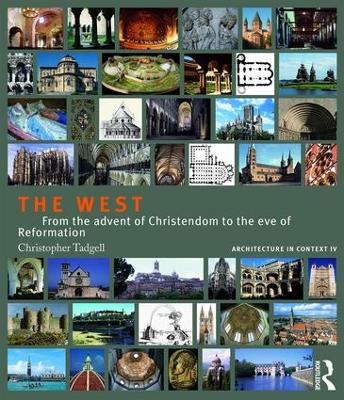Kleine Bauten / Small Structures
The style of Sicilian Baroque is recognizable not only by its typical Baroque curves and flourishes, but also by its grinning masks and putti, and a particular flamboyance that has given Sicily a unique architectural identity. This magisterial volume is generously illustrated throughout with breathtaking photographs and original drawings and plans, bringing into vivid relief the fruits of an extraordinary flowering of architectural genius.
The eleven articles in this volume examine controversial subjects of central importance to medieval economic historians. Topics include the relative roles played by money and credit in financing the economy, whether credit could compensate for shortages of coin, and whether it could counteract the devastating mortality of the Black Death. Drawing on a detailed analysis of the Statute Merchant and Staple records, the articles chart the chronological and geographical changes in the economy from th...
Although modernisation in Korea started more than a century later than in the West, it has worked as a prominent ideology throughout the past century-in particular it has brought radical changes in Korean architecture and cities. Traditional structures and ways of life have been thoroughly uprooted in modernity's continuous negation of the past. This book presents a comprehensive overview of architectural development and urbanization in Korea within the broad framework of modernization. Twenti...
Part of a series that places buildings within their historical context, this text considers three Arts and Crafts buildings: Hill House, Helensburgh in Scotland; The Homestead, Frinton-on-Sea in Essex; and Gamble House in Pasadena, California. It includes specially produced technical drawings that explain how the buildings were detailed and put together. The text explains that by studying the three buildings together the reader can determine the architectural similarities and shared influences a...
Histories of the Immediate Present (Writing Architecture)
by Anthony Vidler
In the 1470s, one of the most innovative artists working in Bruges illuminated a Book of Hours for Jean Carpentin, lord of Gravile and prominent citizen of Normandy. Known as the Master of the Dresden Prayer Book after one of his other masterpieces, this artist and members of his workshop enriched the pages of Carpentin’s manuscript with miniatures, historiated initials and boldly colored borders in which human figures, monsters and monkeys are framed by twisting branches of acanthus.
In the 7th and 8th centuries Islamic armies relied heavily on bedouin recruitment. As a result the nomads grew rich and influential in the desert areas. This book looks at one of the few remaining physical manifestations of that power - Ar-Risha, a newly-discovered settlement in Eastern Jordan. It looks at the site in detail and discusses the light shed by its discovery on the symbiotic state-nomad relationship back to the 4th millenium, as well as on the development of early Islamic architectur...
Ingenhoven Overdiek and Partner
by Christoph Ingenhoven, Wolfgang Pehnt, Otto Frei, Dieter Hoffman-Axthelm, Michael Dickson, and Klaus-Dieter Weiss
Ingenhoven Overdiek and Partner was founded in 1993 and has gone on to become one of Germany's most successful young architectural offices achieving an astonishing number of competition successes. This volume highlights their methods of design and planning, revealing the search for a sustainable form to be an underlying factor and demonstrating how precision technology enables economic and ecological demands to be met. "They are continually working on problems and designs... the work of planning...
Charles Robert Ashbee—architect, designer, social reformer, and a major force behind the Arts and Crafts Movement—was one of the most significant figures in British artistic and cultural life at the turn of the century. Inspired by the Romantic anti-industrialism of John Ruskin and William Morris, Ashbee started a small craft workshop in the East End of London in 1888 called the Guild of Handicraft. He not only made it a place where work could be satisfying and creative, but in 1902 boldly moved...
A collection of twenty-two commissioned papers discuss the construction, architecture and building plan of 13th-century castles in Europe. An initial four essays discuss the historical context of castle-building beginning in the post-Roman years. These are followed by a series of case studies, mostly from Germany, including castles in Nuernberg, Pappenheim, Vienenburg, Muenzenburg and Oppenheim. Contributors also discuss 13th-century castles in Sweden, France and Lichtenstein and the influence o...
This text introduces students, professionals and the general public to the architectural achievements of diverse cultures outside the Euro-American tradition. Rather than concentrating on geographic or chronological categories, however, the authors have arranged their subject matter thematically in order to focus on the basic needs common to all human communities. The book is divided into five major sections, each of which deals with vernacular as well as momumental structures. These five topics...
The Fluctuating Sea (Studies in Medieval History and Culture)
by Saygin Salgirli
This volume fluctuates between conceptualizations of movement; either movements that buildings in the medieval Mediterranean facilitated, or the movements of the users and audiences of architecture. From medieval Anatolia to Southern France and the Genoese colony of Pera across Constantinople, The Fluctuating Sea investigates how the relationship between movement and the experiences of a multiplicity of users with different social backgrounds can provide a new perspective on architectural histo...
Amphibious Housing in The Netherlands. Architecture and Urbanism on the Water
A Research Guide to the Ancient World
by John M Weeks and Jason De Medeiros
This volume tells the story of European architecture in the 'middle ages' - from the destruction by northern barbarians of Rome and the urban society it had fostered to the rediscovery of Classical values and the rebirth of humanism in 15th-century Italy. This period saw the evolution of feudalism, with its patterns of dependency and obligation, the establishment of monasticism in its varied forms, and the rise of the Holy Roman Empire. The art and architecture that emerged alongside this profo...
Scriptor Und Scriptorium (Lebensbilder Des Mittelalters)
by Ralf M W Stammberger
